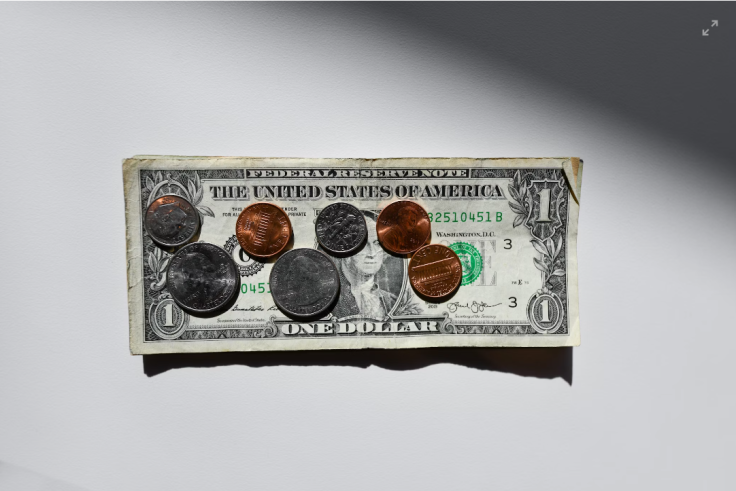Studying in the United States, a beacon of global education, can be a dream come true for many international students. However, the financial aspect often becomes a major concern.
This guide aims to break down the costs associated with studying in the US, ensuring that prospective students have a comprehensive understanding of the financial commitments involved.

Understanding Tuition Fees
Tuition fees make up a significant portion of the overall cost. The range is vast, from $5,000 to $50,000 per year, with most undergraduate degrees spanning four years. It's crucial to note the distinction between in-state and out-of-state students, especially in public colleges. In-state students may pay around $10,200 per year, while out-of-state counterparts face a substantially higher cost of $26,290. Private non-profit institutions, including prestigious names like Harvard and Stanford, can charge an average of $35,800 annually.
Accommodation is another critical factor, with costs varying based on location. On-campus dormitory rooms, inclusive of utilities, range from $5,300 to $8,100 per year. Off-campus housing can span from $500 for a one-bedroom apartment in a rural area to $3,500 or more in urban centers. Many universities offer calculators on their websites to estimate combined tuition and accommodation expenses.
Beyond Housing: Living Expenses
Living expenses extend beyond housing. Internet services cost between $35 and $70 per month, while household and phone bills add approximately $50 monthly. Transportation costs vary, with petrol priced at around $0.98 per liter. A monthly public transport pass may range from $20 to $60, with potential student discounts. Additionally, books and academic supplies can amount to $1,170 per academic year.
A critical yet often overlooked expense is the student visa application, particularly the F1 visa, which carries a fee of $510. Initiating the application process well in advance is advised, typically three to five months before the semester begins.
Beyond these essentials, there are other recurring costs. Utilities, electricity, and heating may or may not be included in rental prices, with separate costs ranging from $50 to $120 monthly. Water, sewerage, and rubbish collection contributions, if not covered by the landlord, may add $50 to $75 every three months.
For personal expenses, weekly groceries range from $20 to $70 per person, dependent on dietary choices. Meals at restaurants average around $20, a cinema trip costs about $12, and a Big Mac at McDonald's is priced at $5.58. Gym memberships come in at an average of $60 per month; while a bottle of wine costs about $15, and a pint of beer is $6-7. A night out could set you back an average of $80, depending on the location and chosen activities.
The financial burden can be alleviated through various forms of support. Financial aid, including scholarships, grants, assistantships, and work-study schemes, significantly contributes to reducing costs. Many prestigious universities, despite their high "sticker" prices, offer extensive funding opportunities. Approximately 85% of full-time undergraduate students at four-year public universities and 89% at private non-profit universities benefit from some form of financial aid.
International students can explore scholarships specifically designed for them. The University of Pennsylvania, for instance, extends its needs-blind financial policy to students from Canada and Mexico, ensuring comprehensive financial support. Government-funded programs like the Fulbright Foreign Student Program and the Hubert Humphrey Fellowship Program also provide avenues for financial assistance.
Moreover, once in the US, students can leverage their student IDs for discounts ranging from 10% to 50% on various expenses, including clothing, cinema tickets, museum entry, Greyhound coach travel, and Airbnb stays. Being resourceful and exploring available financial aid avenues can turn the dream of studying in the US into a feasible and enriching reality.
RELATED ARTICLE : Study Without Breaking The Bank: 7 Inclusive And Diverse Colleges
© 2025 University Herald, All rights reserved. Do not reproduce without permission.








